The Jewish Passover Celebration is a remembrance of the chosen people’s exodus from Egypt. During this celebration, a special plate with symbolic items is set as the centerpiece of every festive table. One of the items on this special plate is a bone. The traditional name of the bone in Hebrew is זְרוֹעַ (zeroah), which literally means an “arm.” The bone symbolically represents the Passover lamb offered in the days when the Temple stood in Jerusalem but there is a riddle connected to its name (zeroah).
There is no actual lamb meat on the Passover menu today because God commanded his people to eat not just any lamb but a yearling lamb which was sacrificed to celebrate the feast (Ex. 12:1-14). Since the Temple sacrifices no longer take place, there can be no festival lamb on the Seder tables today. To eat lamb without sacrificing it would be deliberately ignoring what the Almighty explicitly commanded (Num 28:16-25). And that is why, traditionally, the lamb is excluded from the modern Passover menu.
But why is this bone placed at the center of the Passover table and called an “arm” or זְרוֹעַ (zeroah)? After all, a lamb and an arm are entirely different things. The answer to this riddle lies in the description of how God promised to deliver Israel:
“Say, therefore, to the children of Israel, ‘I am the Lord, and I will bring you out from under the burdens of the Egyptians, and I will deliver you from their bondage. I will also redeem you with an "outstretched arm" (בִּזְרוֹעַ נְטוּיָה) and with great judgments" (Exodus 6:6).
Traditionally, the bone is supposed to be a shank bone of the lamb, not a rib or a shoulder, but a shank. And herein lies the hidden symbolism. The outstretched arm of the Lord, the זְרוֹעַ (zeroah), can be seen as the sacrificed lamb whose blood shielded the firstborn of Israel from the plague of death. In other words, God delivered people through the sacrificed lambs. That is why the offering was holy and outsiders were prohibited to eat any of it (Ex 12:43). It was the means of redemption for the firstborn in Exodus. So, on one hand, it was the lamb, but on the other "God's own outstretched זְרוֹעַ (zeroah). And that is why the bone carries such a name in the Passover celebration.
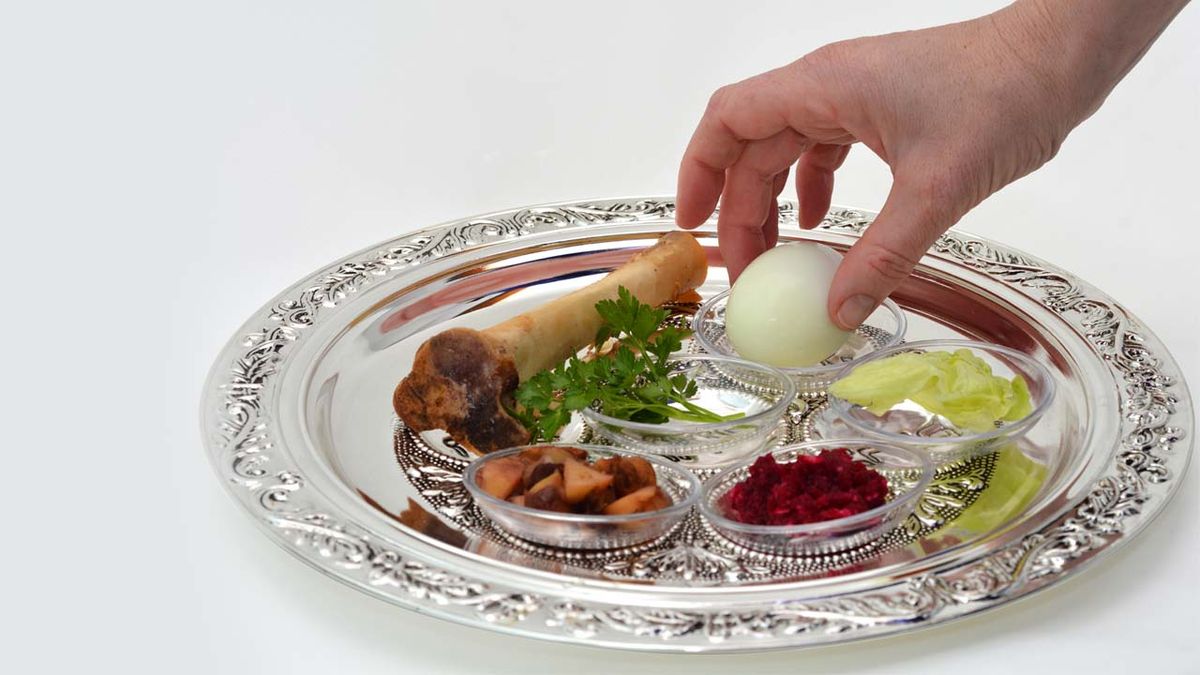
A key component of understanding the spirituality behind Jewish traditions is the discovery of connections between ancient Judaism, the Scriptures, and modern-day interpretive paradigms. Culture is living and enduring and often has very deep and beautiful roots. Tradition and cultural use of language can help us see a nuance we would otherwise easily miss.
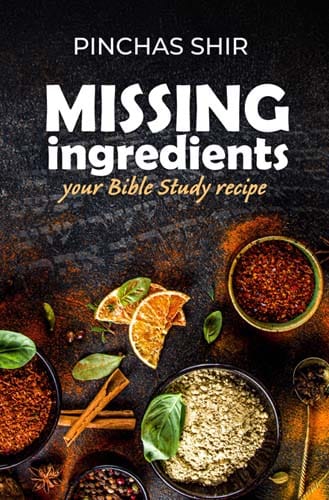
Missing Ingredients: Your Bible Study Recipe
The book title contains an idiom that implies the absence of several fundamental techniques frequently missing in a typical Bible study. And that is what the book is all about! Each time these "missing ingredients" can be added to the recipe of how one studies the Bible, they produce better results. Curious? Then this book is for you.


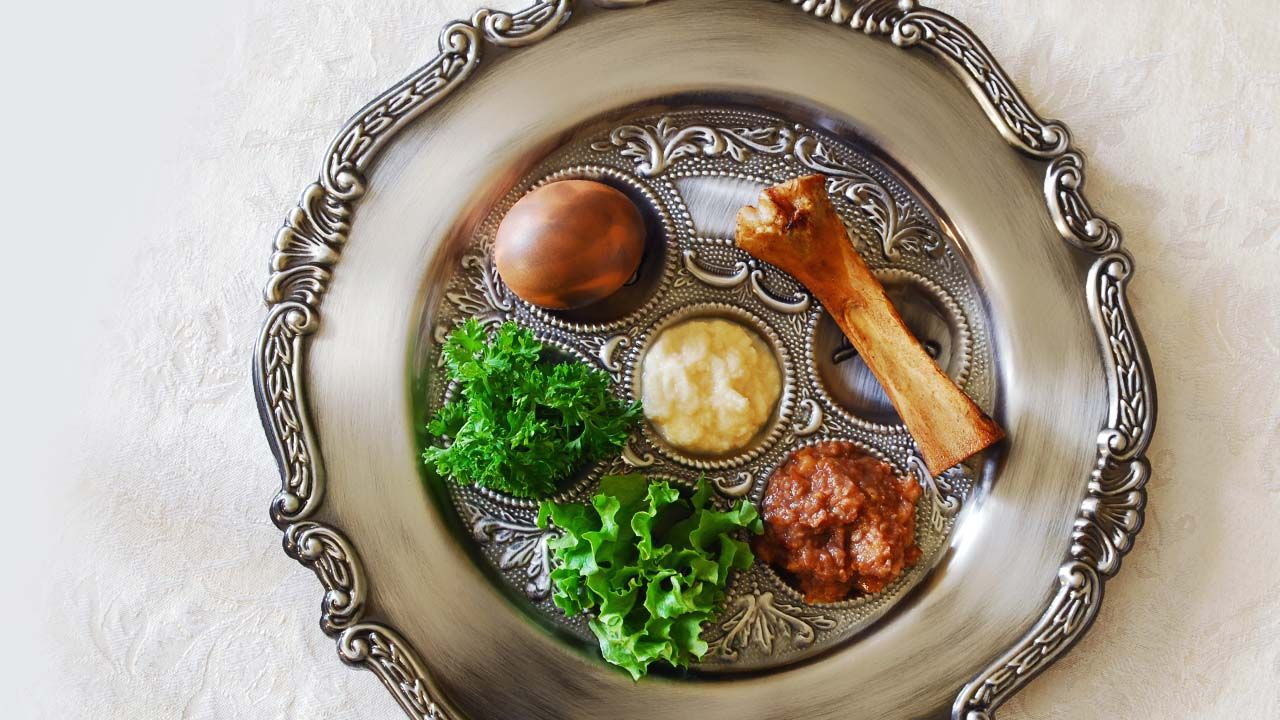
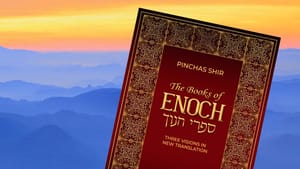



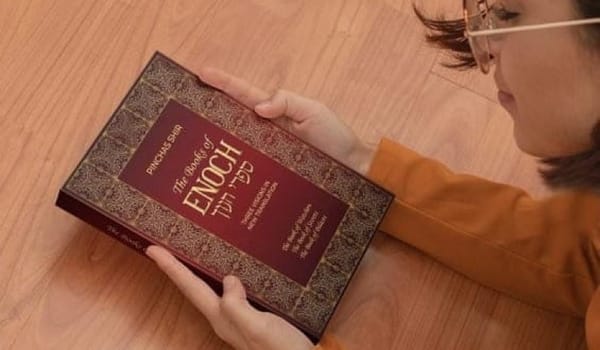
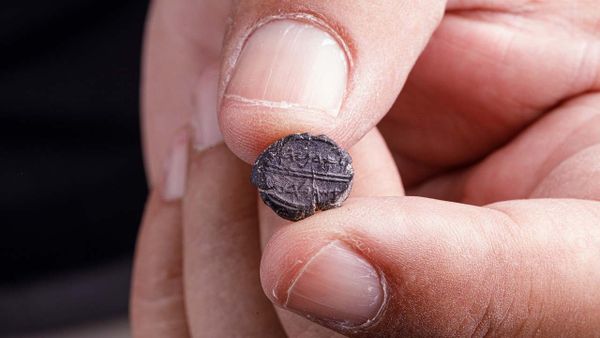


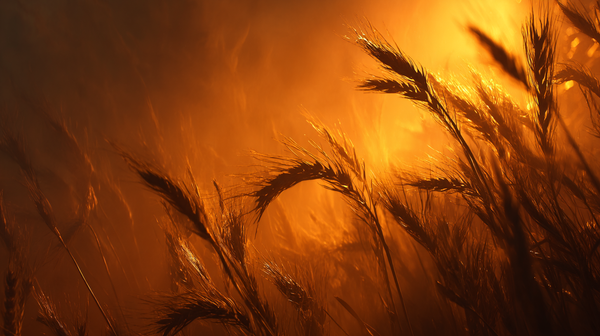
Member discussion